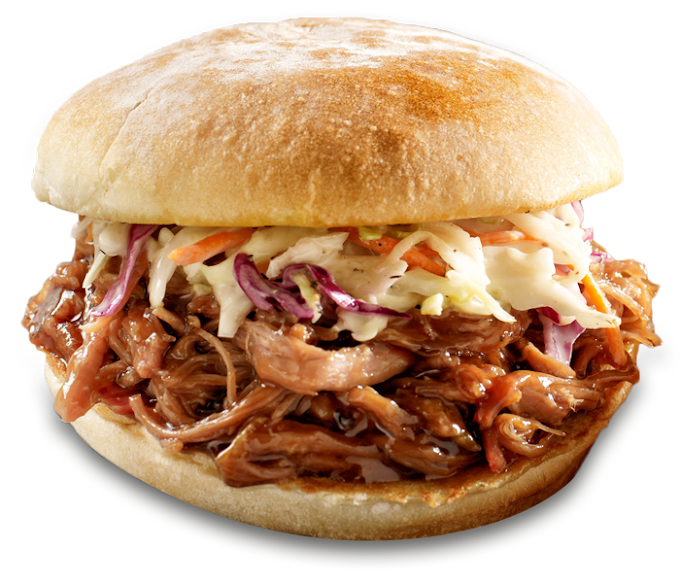How to Make Delicious Hot Dogs at Home: A Step-by-Step Guide
Learn the history, taste, and importance of hot dogs, as well as how to make them at home. Plus, potential adverse effects to be aware of.
Hot dogs are a beloved American food, with a rich history dating back to the late 1800s. They are made from a mixture of ground meat, spices, and seasonings, then stuffed into a casing and cooked.
To make hot dogs at home, you'll need a meat grinder, sausage stuffer, and natural casings. Combine ground beef, pork, and spices, then stuff the mixture into casings and cook. Serve on a bun with your favorite toppings.
Hot dogs are an important part of American culture, with many regional variations and unique toppings. However, they can be high in sodium and preservatives, so it's important to enjoy them in moderation.
History:
Hot dogs have a long and storied history, with origins dating back to the late 1800s. German immigrants brought their sausages to the United States, where they became a popular street food. The hot dog bun was introduced in the early 1900s, and hot dogs quickly became a staple food at sporting events, picnics, and other outdoor gatherings.
Here's how to make hot dogs at home:
Ingredients:
- 1 lb ground beef
- 1 lb ground pork
- 1 tsp salt
- 1 tsp paprika
- 1/2 tsp garlic powder
- 1/2 tsp onion powder
- 1/2 tsp black pepper
- Natural casings
- Hot dog buns
- Your favorite toppings (ketchup, mustard, relish, onions, etc.)
Instructions:
- Combine the ground beef, ground pork, salt, paprika, garlic powder, onion powder, and black pepper in a large bowl.
- Mix the ingredients together until they are well combined.
- Place the mixture in a meat grinder and grind it through the fine plate.
- Stuff the mixture into natural casings using a sausage stuffer. Make sure to twist the casings every 4-6 inches to form individual hot dogs.
- Place the hot dogs in a pot of simmering water and cook for 10-15 minutes, or until they reach an internal temperature of 160°F.
- Serve the hot dogs on buns with your favorite toppings.
Hot dogs have a long and storied history, with origins dating back to the late 1800s. German immigrants brought their sausages to the United States, where they became a popular street food. The hot dog bun was introduced in the early 1900s, and hot dogs quickly became a staple food at sporting events, picnics, and other outdoor gatherings.
Taste:
Hot dogs have a savory, slightly salty flavor, with a texture that is both firm and tender. The taste can vary depending on the type of meat and seasonings used.
Importance:
Hot dogs are an important part of American culture and are often associated with summertime and outdoor events. They are a quick and easy meal that can be enjoyed by people of all ages.
Adverse Effects:
While hot dogs are generally safe to eat, they can be high in sodium and preservatives, which can be harmful if consumed in large quantities. Additionally, some people may have an allergy to the casings used to make hot dogs. It's important to enjoy hot dogs in moderation and to choose natural and organic options whenever possible.









